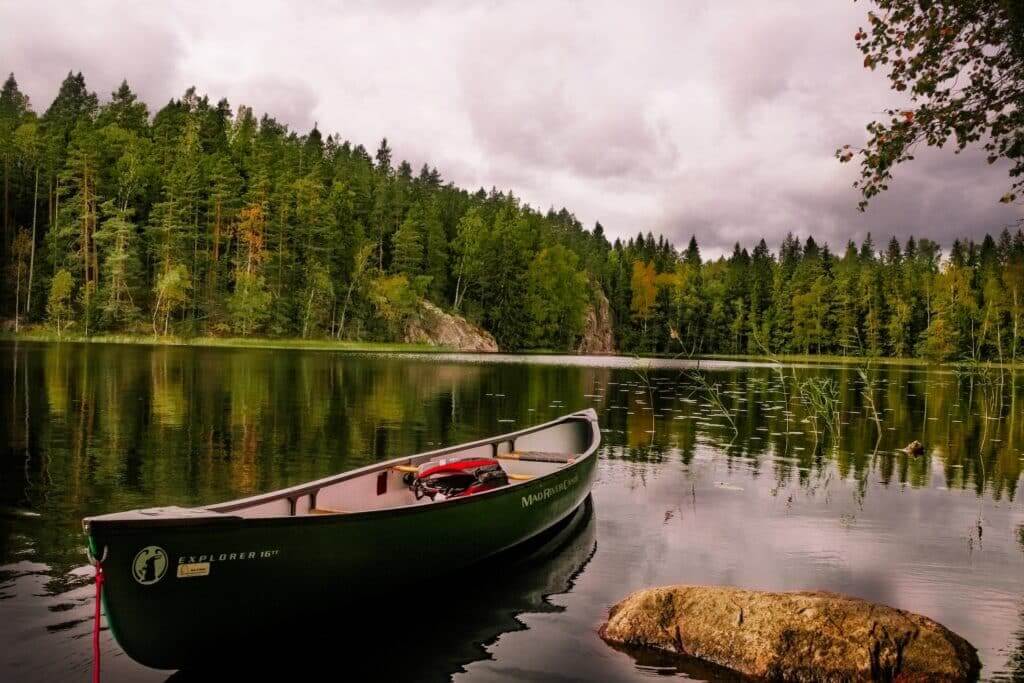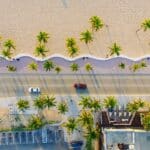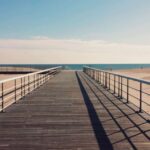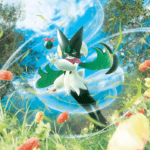Ahoy, fellow adventurers! If you’re gearing up for the perfect blend of nature, tranquility, and a dash of adventure, you’re probably strapping on that life jacket and grabbing your paddle for a canoe camping escapade. But hold on, before you set sail into the great unknown, let’s make sure you’ve got everything you need for a trip that’s not just memorable but downright legendary. Grab your imaginary clipboard (because let’s be honest, real ones get soggy) and let’s dive into this canoe camping checklist, one checkbox at a time!
1. Canoes and Companions:
☐ Canoes: The vessel of your dreams and the unsung hero of your adventure.
☐ Paddles: Not just for steering – perfect for impromptu drumming on the canoe.
2. Tent Tango:
☐ Tent: Your portable sanctuary – make sure it’s waterproof unless you’re into midnight lake baths.
☐ Tent Pegs: These little stakes might seem insignificant until your tent becomes a parachute.
3. Sleeping Setup:
☐ Sleeping Bag: The cocoon of coziness for your wild slumber party.
☐ Sleeping Pad: Because pinecones are nature’s version of Legos.
4. Cuisine Cruise:
☐ Camp Stove: Transforming you into the Gordon Ramsay of the wilderness.
☐ Cooking Utensils: For when you want to feel fancy in the great outdoors.
5. Wardrobe Waterfall:
☐ Quick-Dry Clothing: For those unexpected river dance sessions.
☐ Waterproof Jacket: Because a surprise rain shower should be an inconvenience, not a catastrophe.
6. Navigation Noodle:
☐ Map and Compass: Your treasure map in case the river decides to play hide-and-seek.
☐ Waterproof Map Case: Because soggy maps are about as useful as a chocolate teapot.
7. First Aid Fiesta:
☐ First Aid Kit: A real-life hero kit for when nature’s little surprises aren’t so delightful.
☐ Insect Repellent: The aromatic shield against those not-so-polite mosquito neighbors.
8. Hydration Hootenanny:
☐ Water Bottles: The VIPs of your crew – staying hydrated is the name of the game.
☐ Water Purification: Because even the clearest streams have secrets.
9. Illumination Improv:
☐ Headlamp/Flashlight: Guiding you through the midnight snack search mission.
☐ Extra Batteries: Because wilderness darkness laughs at your feeble flashlight.
10. Entertainment Extravaganza:
☐ Books/Magazines: Because sometimes even nature needs a quiet night in.
☐ Musical Instruments: For when your canoe turns into a floating jam session.
11. Safety Shindig:
☐ Multi-Tool/Knife: Your wilderness Swiss Army knife – useful for everything from cutting rope to opening snack bags.
☐ Whistle: The emergency saxophone of the great outdoors.
12. Waste Management Waltz:
☐ Trash Bags: Because you’re a guest in nature’s home – leave it better than you found it.
☐ Portable Trowel: The less glamorous but essential sidekick for responsible wilderness bathroom breaks.
13. Extras for Experts:
☐ Fishing Gear: Turning your adventure into a seafood buffet.
☐ Binoculars: For those “Is that a bald eagle or a really confident seagull?” moments.
14. Laughter Library:
☐ Jokes and Puns: Because even bears appreciate a good punchline.
Canoe Camping FAQ
A: Canoe camping, or paddling camping, is an outdoor adventure that combines canoeing and camping. Participants navigate bodies of water by canoe and camp along the shore or on islands.
A: While some experience is beneficial, many canoe camping destinations cater to beginners. Consider taking a basic canoeing course to build confidence and skills.
A: Basic gear includes a canoe, paddles, life jackets, a tent, sleeping gear, cooking equipment, and clothing suitable for the environment. Refer to our comprehensive canoe camping checklist for detailed essentials.
A: Consider the canoe’s material, size, and shape. Materials like aluminum, fiberglass or polyethylene offer different advantages. Choose a size based on the number of paddlers and gear. Longer canoes provide better tracking, while shorter ones are more maneuverable.
A: Many outdoor outfitters offer canoe rentals for camping trips. Ensure the rental includes paddles, life jackets, and safety equipment. Reserve in advance, especially during peak seasons.
A: Popular destinations include Boundary Waters Canoe Area Wilderness (BWCAW), Algonquin Provincial Park, and the Everglades. Choose a destination based on your skill level, preferences, and the type of environment you want to explore.
A: Plan your route, check regulations and permits, consider weather conditions, pack essentials, and inform someone about your itinerary. Research the area’s flora, fauna, and potential challenges
A: Wear a life jacket, know how to perform self-rescue, be aware of weather forecasts, and follow Leave No Trace principles. Learn basic first aid and carry a well-equipped first aid kit.
A: Carry a waterproof map and compass, familiarize yourself with the route, and understand basic navigation skills. Pay attention to landmarks, use natural features, and consider a GPS device.
A: Yes, many canoe camping destinations offer excellent fishing opportunities. Check local regulations, obtain necessary licenses, and pack fishing gear accordingly.
A: Portable camp stoves, lightweight cookware, and freeze-dried meals are common choices. Ensure you follow Leave No Trace principles and pack out all waste.
A: Research the area’s wildlife, store food securely, and practice wildlife-safe camping. Keep a safe distance, make noise to alert animals to your presence, and know how to react in case of encounters.
A: The ideal time depends on the destination. Summer is popular, but spring and fall offer fewer crowds and milder temperatures. Consider factors like bug seasons and water levels.













